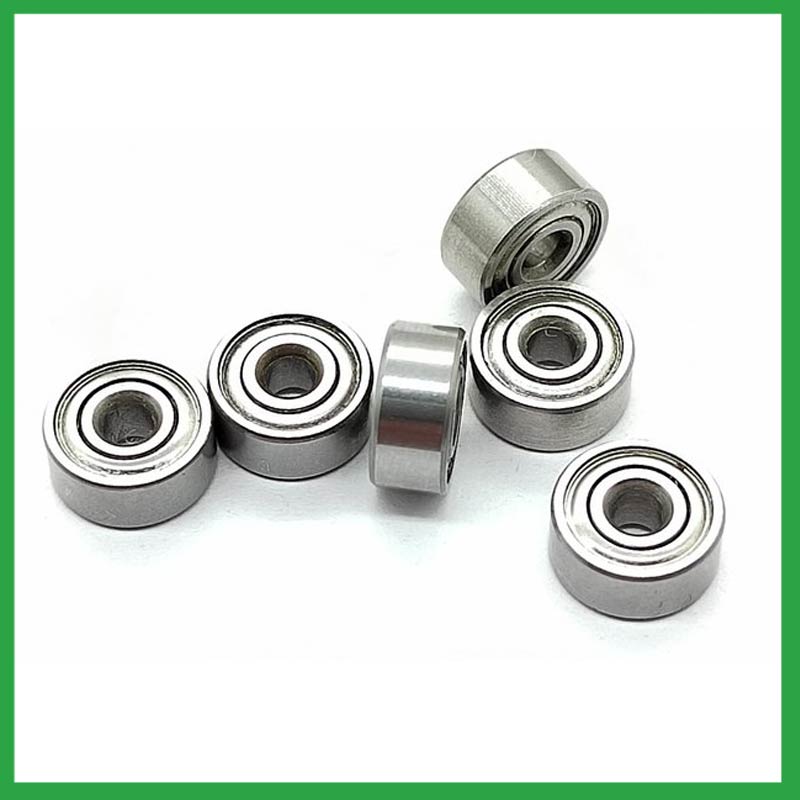PRODUCTS
CONTACT US
Ningbo Nide International Co., Ltd.
一一
· Contact person:Jack Zeng
· Mob/Whatspp/WeChat:0086-13738869026
· Email:emarketing@nide-group.com;marketing4@nide-group.com
· Add:No. 169, Wohushan Road, Daqi Subdistrict, Beilun District, Ningbo, China

Nide team could manufacture ball bearing as per customer’s drawing and samples.
If customer only has samples, we could also design drawing fo r our customer.
We also provide customized service.
Our ball bearing is widely applied the different industrials.
Haishu Nide International Co., Ltd is a professional bearing manufacturer and distributor. We were founded in 2010 and have been engaged in the bearing industry for 13 years. Our company specializes in producing fan,insulation paper,carbon brush,thermal protector,motor cover and lamination,ball bearing and other products. Meanwhile, we have a good cooperative relationship with world-renowned bearing manufacturers. Relying on the first-class bearing quality to ensure that we have many customers around the world, such as the United States, Europe, Africa, and India, Brazil, Türkiye, Haiti,Bhutan,Nauru,Greenland and other countries.
Nide team could manufacture ball bearing as per customer’s drawing and samples. If customer only has samples, we could also design drawing for our customer. We also provide customized service.Our goal is to help customers reduce tedious purchasing pressures while obtaining high-quality products. Nide hopes to provide one-stop motor manufacturing services to global customers.
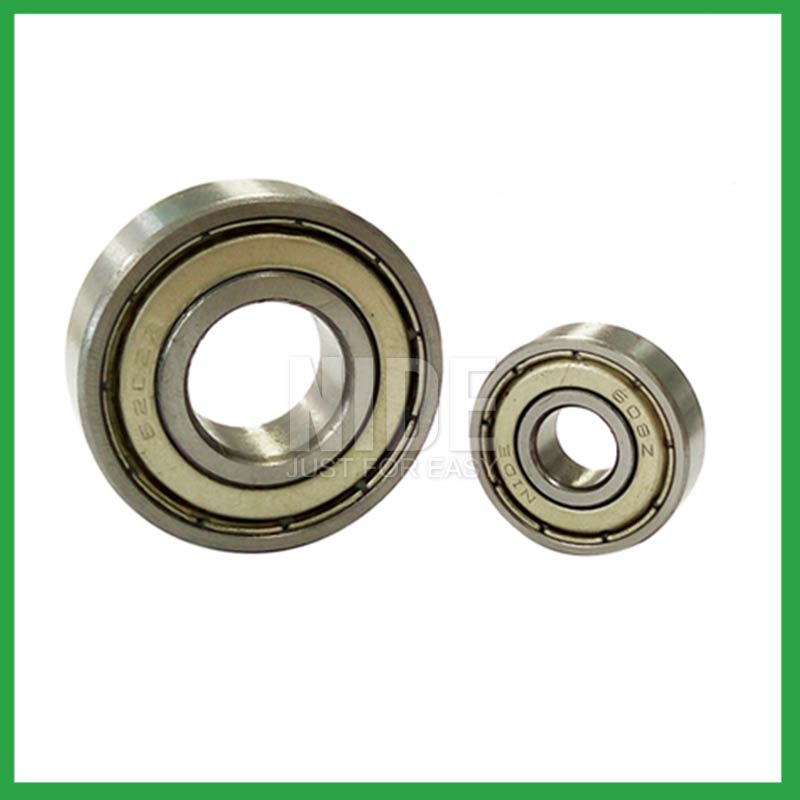
| Parameter | Information |
| Product Name | roller ball transfer bearing |
| Brand Name | Nide |
| Place of Origin | China |
| Type | Ball |
| Material | chrome steel, etc. |
| Sample | Avaible |
| Warranty | 3months-1year |
| Lubrication | Dry/ Oil |
| Application | textile machinery, etc. |
| Port | Ningbo/Shanghai |
| Size(mm) | customize |
| Export Country | Argentina,Brazil,South Korea,Malta,Sudan,India,South Africa,Lithuania...etc |
| Export region | Oceania,Europe,Africa... |
| Certification | ISO 9001 Certification,CE-stator coil lacing machine,CE-stator coil winding inserting machine,etc |
| Precision Rating | as per customer's requirement |
| Feature | Strong carrying capacity,High speed...etc |
| Packaging Details | Suitable for sea transportation |
| Color | gray+customized |
| Seals Type | Rubber seals |
| Service | Prompt Delivery |
| Supply Ability | 100000-500000 Piece/Pieces per Month |
| Lead time (days) | 15-20 (To be negotiated) |
Please note: The above table data is for reference only. For specific information, please contact us.
The precision range of roller ball transfer bearing is from ABEC7 to ABEC9, with a particle size of 0.3 μ m. Among them, ABEC9's ball bearings have the best precision range and are widely used in the electronics industry, precision measurement industry, and so on.
Before use, the model, size, and design of the ball bearing should be confirmed to ensure suitable application;
During installation, the installation load of the ball bearing should be minimized as much as possible to avoid unnecessary damage;
The bearing shaft and the bearing frame should be stable at the same time to avoid excessive tension.
Ball bearings have many advantages, making them highly competitive in the market.
Firstly, they are very durable and have good wear performance, making their service life longer than many other types of bearings.
Secondly, they are easy to install and can provide low friction performance in various applications.
Thirdly, they require a relatively low level of maintenance, making them cost-effective.
In addition, compared to many other types of bearings, their purchase cost is relatively low, making them an economical choice.




roller ball transfer bearing---FAQs Guide
2.Are there miniature roller ball transfer bearing designed for use in precision instruments and small-scale mechanisms?
3.Can roller ball transfer bearing operate in high-temperature environments like industrial ovens or furnaces, and how are they protected from heat-related damage?
4.What is the significance of roller ball transfer bearing lubrication, and how does it affect bearing lifespan and performance?
5.Are there ceramic roller ball transfer bearing designed for specific applications requiring high-temperature or corrosion resistance?
6.How do manufacturers ensure the quality and reliability of roller ball transfer bearing through material selection and precision machining?
7.As a roller ball transfer bearing manufacturer,Your product certifications?
8.Can roller ball transfer bearing be customized with special coatings or treatments to meet specific industry standards or regulatory requirements?
9.How do roller ball transfer bearing contribute to the overall efficiency and energy savings in industrial machinery and transportation systems?
10.How do manufacturers address concerns related to bearing noise and vibration in sensitive equipment?
11.Can roller ball transfer bearing be used in both vertical and horizontal orientations?
12.What are the after-sales services available for roller ball transfer bearing?
13.What is the role of roller ball transfer bearing in reducing friction and wear in automotive applications, such as wheel hubs and transmissions?
14.As a roller ball transfer bearing manufacturer,What is your payment method?
15.Where can roller ball transfer bearing be used?
16.How do preloaded roller ball transfer bearing enhance rigidity and reduce clearance in high-precision applications?
1.What are the standard sizes and dimensions of roller ball transfer bearing?
roller ball transfer bearing size charts are widely available, and can be used to find the measurements of a specific bearing. Series 6200 and 6300 are the most commonly used, and typically range from 10 x 30 x 9 mm (. 394 x 1.181 x . 354 in) to 150 x 320 x 65 mm (5.906 x 12.598 x 2.559 in).
2.Are there miniature roller ball transfer bearing designed for use in precision instruments and small-scale mechanisms?
Miniature bearings, despite their small size, play a significant role in various industries and applications. These compact powerhouses, typically measuring less than one inch in outer diameter, offer exceptional precision, durability, and reliability. Miniature bearings find extensive use in precision instruments and robotics.
3.Can roller ball transfer bearing operate in high-temperature environments like industrial ovens or furnaces, and how are they protected from heat-related damage?
roller ball transfer bearing are capable of working at temperatures up to +842°F (+450 °C). Special lubricants, seals and coatings make this possible by protecting the ball bearings from heat damage.
4.What is the significance of roller ball transfer bearing lubrication, and how does it affect bearing lifespan and performance?
Bearing lubrication is vital for preserving the performance and lifespan of rolling element bearings. Lubrication helps separate moving parts relative to one another, such as rollers and raceways or balls, to prevent wear and tear and friction.
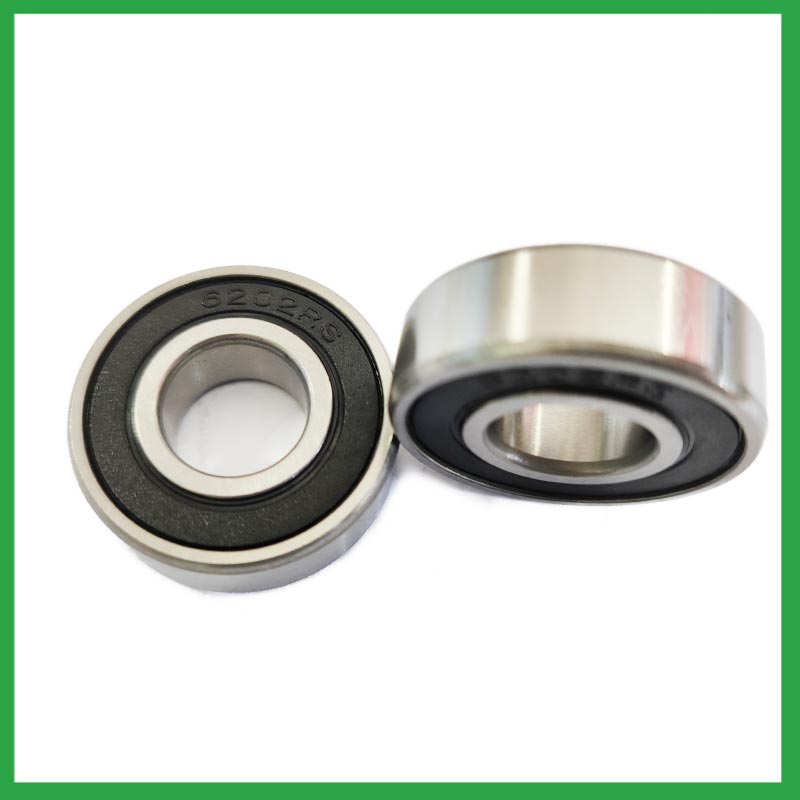
5.Are there ceramic roller ball transfer bearing designed for specific applications requiring high-temperature or corrosion resistance?
Ceramic roller ball transfer bearing are a special type of bearing made of ceramic materials, offering superior wear resistance, corrosion resistance, and high-temperature performance. They provide excellent performance in applications requiring high speeds, high temperatures, and resistance to corrosion.
6.How do manufacturers ensure the quality and reliability of roller ball transfer bearing through material selection and precision machining?
High-precision measuring instruments, such as micrometers and gauges, are used to check the dimensions of the rings and balls to ensure they meet tight tolerances. Surface Finish Inspection: Surface finish is assessed using profilometers to ensure the required smoothness and low friction characteristics.
7.As a roller ball transfer bearing manufacturer,Your product certifications?
ISO9001:2015 certificate,ISO 9001 Certification,CE-stator,etc.
8.Can roller ball transfer bearing be customized with special coatings or treatments to meet specific industry standards or regulatory requirements?
Yes, roller ball transfer bearing can be customized with special coatings or treatments to meet specific industry standards or regulatory requirements.
1. Corrosion-resistant coatings: These coatings are used to protect the bearings from corrosion caused by exposure to moisture, chemicals, and other corrosive substances.
2. High-temperature coatings: These coatings are used to improve the thermal stability and performance of bearings in high-temperature environments.
3. Food-grade coatings: These coatings are specially designed for applications in the food and beverage industry, where bearings come into contact with food, beverage, or pharmaceutical products.
4. Anti-static and non-conductive coatings: These coatings are used to dissipate static electricity, which can cause damage to electronic components.
5. Specialized lubrication treatments: Bearings can be treated with specialized lubricants that meet specific industry standards or regulatory requirements.
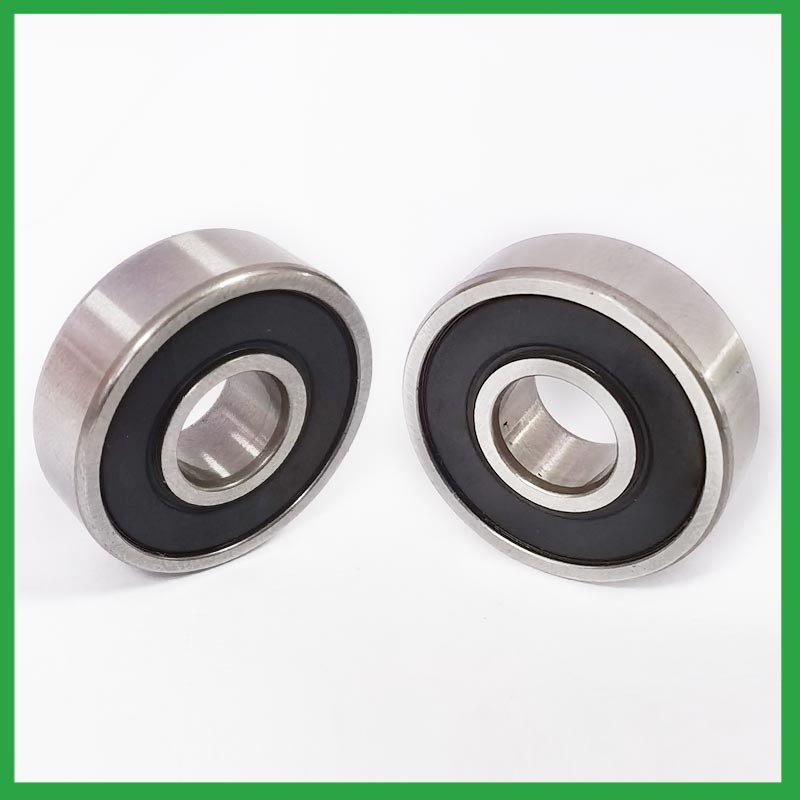
9.How do roller ball transfer bearing contribute to the overall efficiency and energy savings in industrial machinery and transportation systems?
The balls roll along the raceway, allowing for smooth rotation of the machinery or equipment. Ball bearings are used to support rotating, reduce friction and support radial and axial loads in high-load, high-speed applications where reliability and efficiency are critical.
10.How do manufacturers address concerns related to bearing noise and vibration in sensitive equipment?
From a roller ball transfer bearing manufacturing perspective, a low noise or vibration rating is achieved by paying attention to the surface finish of the raceways and balls, their roundness, and selecting the correct cage design. Finely filtered low noise greases can also be used to reduce vibrations.
11.Can roller ball transfer bearing be used in both vertical and horizontal orientations?
Sleeve Bearings: Sleeve bearings, also known as plain bearings, employ a simple yet effective mechanism. A cylindrical sleeve separates the rotating shaft from the stationary portion of the bearing, reducing friction and enabling smooth rotation. Sleeve bearings are characterized by their quiet operation, cost-effectiveness, and suitability for horizontal mounting orientations.
Ball Bearings: Ball bearings introduce small metal balls between the moving parts, providing enhanced durability and reduced friction. This design allows for smoother and more efficient rotation, making ball bearings well-suited for high-performance applications and vertical installations.
12.What are the after-sales services available for roller ball transfer bearing?
If you find problems or failures in the assembly or use of the bearings , which needs to consult and other services, please feedback to Nide International in time.
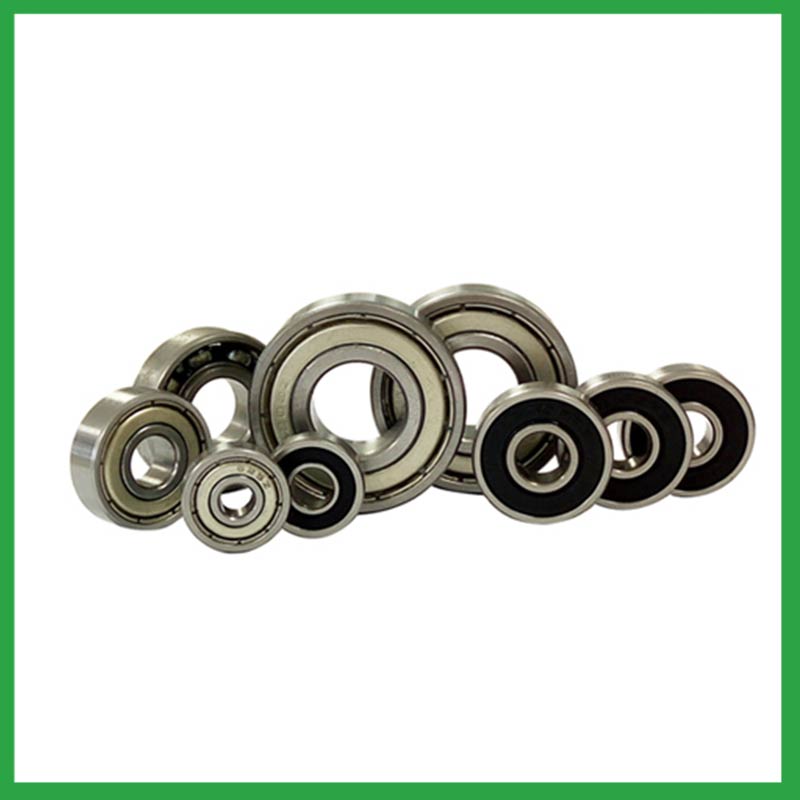
13.What is the role of roller ball transfer bearing in reducing friction and wear in automotive applications, such as wheel hubs and transmissions?
When a load is applied to a ball bearing, the roller ball transfer bearing roll freely between the inner and outer rings. This rolling action significantly reduces friction compared to sliding contact, resulting in smoother rotation and reduced wear.
14.As a roller ball transfer bearing manufacturer,What is your payment method?
We accept T/T, PAYPAL or Western Union, credit card or via ALIBABA Assurance order.
15.Where can roller ball transfer bearing be used?
roller ball transfer bearing are very versatile. They can be designed to withstand radial loads, axial loads and combined radial/axial loads at various operating speeds. These characteristics, combined with the relative cost and compactness of the design, give it universal appeal within the industry. Ball bearings are widely used in electric motors, gear reducers and pumps. Serving the automotive, home appliances, aerospace, oil and gas drilling, and mining sectors.
16.How do preloaded roller ball transfer bearing enhance rigidity and reduce clearance in high-precision applications?
Enhance Rigidity: By applying a controlled axial force, preload increases the bearing's resistance to external forces and moments. This heightened rigidity is essential in applications where any deflection or misalignment must be minimized, such as in machine tools or robotic systems.
